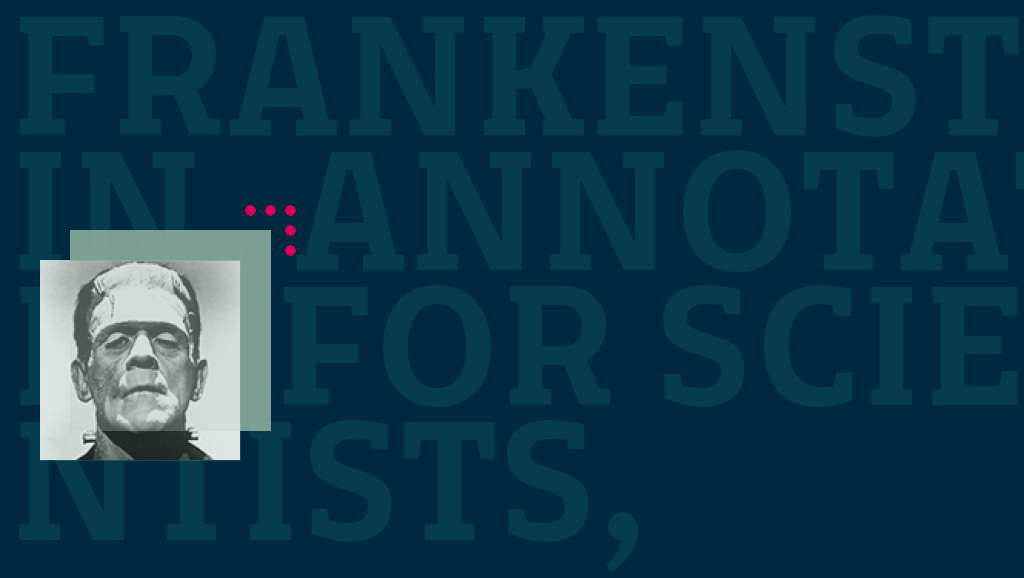To celebrate the forthcoming 200th anniversary of the publication of Mary Shelley’s story of science, creation and responsibility, David H. Guston, Ed Finn and Jason Scott Robert offer a version ‘annotated for scientists, engineers, and creators of all types’, published through The MIT Press.
The publication offers both an editors’preface and introduction (written by Charles E. Robinson), the first of which offers insight into the aims and means addressed by the editors, background to the story’s publication and thoughts on its influence within scientific debate today.
Robinson then pushes the introduction into an analysis of the book, working through its historical context, describing Shelley’s influences and experiences, before insightful critique of the relationship between the main characters in the story and its influence on literary and mass culture today. This introduction is a highly informative article in its own right.
The first 1818 edition of the story follows, while at its conclusion a collection of seven critical essays concluded the book.
I must admit that I had never read Frankenstein, and found some aspects of the book quite striking. Shelley goes into very little detail about the methods used to bring the creature to life. The idea that electricity or lightning from a storm may have been involved is merely suggested, the actual creation moment hardly described at all.
The creature is also missing throughout large swathes of the book, and we only discover what he was doing during these periods late on in the story. And he was a good natured and helpful beast, until he was driven out of human society through misunderstanding.
The basis of this misunderstanding is beauty, or in the case of the creature lack of it in the face of brutal ugliness. It is the creature’s looks that lead to him being outcast, becoming frustrated and vengeful, as well as being the primary reason that Victor Frankenstein abandoned him at the moment of giving him life.
Had Victor made the creature handsome, and been able to accept the responsibilities implied by his work rather than being repulsed by the sight of the creature, none of this would have happened!
The essays that follow the story offer critique from various standpoints. Josephine Johnston looks at the different representations of responsibility, Cory Doctorow in terms of reactions to technological innovation, Jane Maienschein and Kate MacCord look at changing conceptions of human nature, Alfred Nordmann analyses the story in terms of technoscience and reason, Elizabeth Bear in terms of Victor Frankenstein’s personal failings. Anne K. Mellor sets the book context within Shelley’s own experiences of childbearing and associated anxieties, while Heather E. Douglas rounds off the collection with some thoughts on technical sweetness.
The book concludes with a discussion questions section. Each element of the story is addressed, from the preface to individual chapters, through a series of targeted questions. Among other topics, the discussion prompts relate to Shelley’s views, the construction of the story itself, and the relationships between the main characters, as well as posing critical questions to the reader about their own interpretations and interestingly their own behaviour regarding scientific endeavour.
Each essay is also thoroughly and thoughtfully addressed, with insightful discussion points raised.
The book is a great read from cover to cover. The annotations within the story add critique and historical context to Shelley’s diverse points of reference, building upon the introduction and drawing the reader in to the arguments and perspectives laid out in the essays.
Frankenstein Annotated for Scientists, Engineers, and Creators of All Kinds, authored by Mary Shelley and edited by David H. Guston, Ed Finn and Jason Scott Robert is available through The MIT Press and other major online book suppliers for under $20. Money well invested.

—————
















